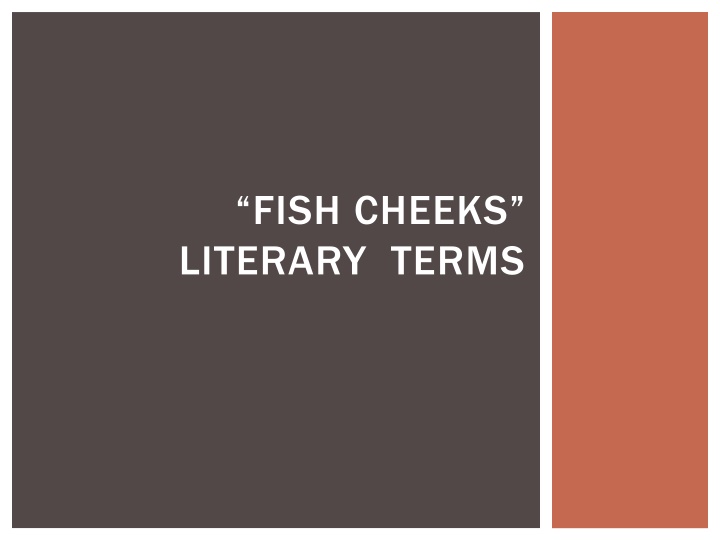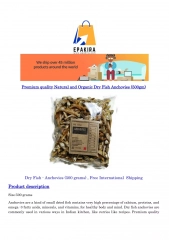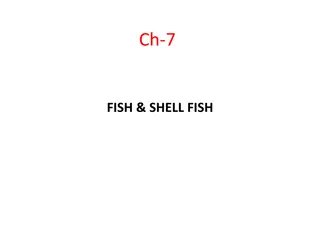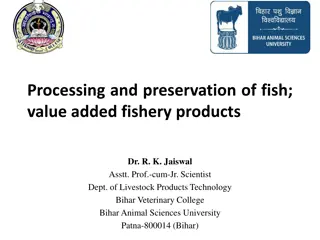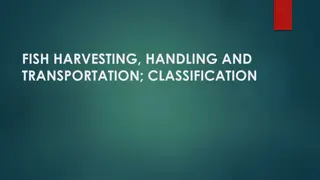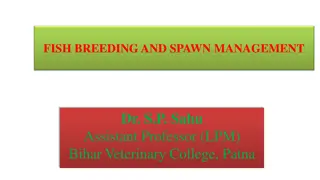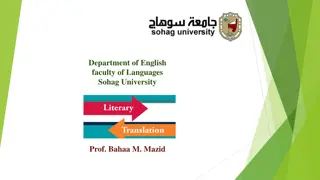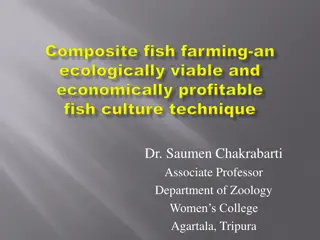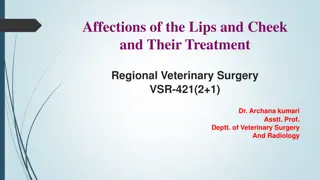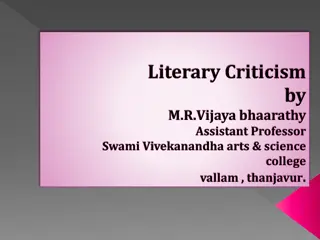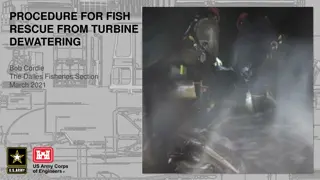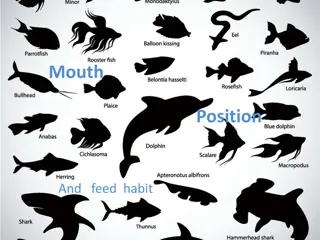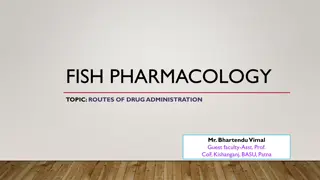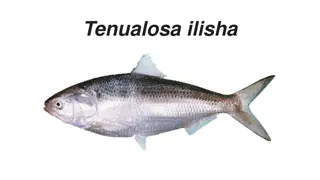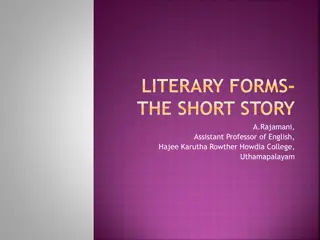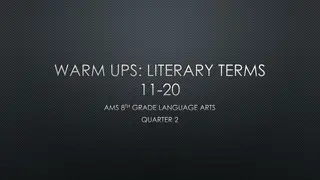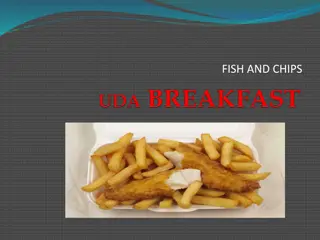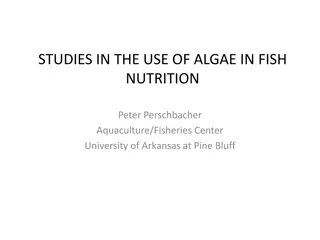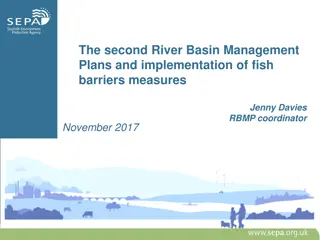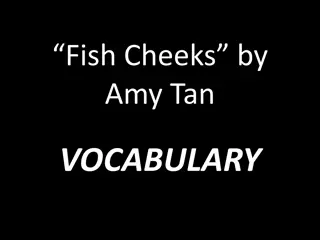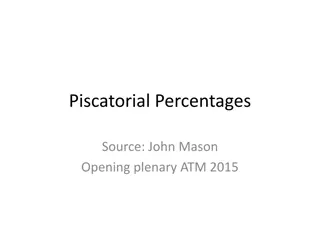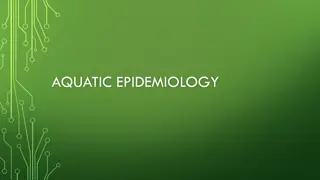Literary Terms Exploration in "Fish Cheeks" Short Story
Explore essential literary terms such as point of view, imagery, simile, metaphor, and personification in the short story "Fish Cheeks." Understand each term's definition with examples from the text, enabling a deeper analysis of Amy Tan's storytelling techniques.
Download Presentation

Please find below an Image/Link to download the presentation.
The content on the website is provided AS IS for your information and personal use only. It may not be sold, licensed, or shared on other websites without obtaining consent from the author.If you encounter any issues during the download, it is possible that the publisher has removed the file from their server.
You are allowed to download the files provided on this website for personal or commercial use, subject to the condition that they are used lawfully. All files are the property of their respective owners.
The content on the website is provided AS IS for your information and personal use only. It may not be sold, licensed, or shared on other websites without obtaining consent from the author.
E N D
Presentation Transcript
FISH CHEEKS LITERARY TERMS
DIRECTIONS: Sit at one group and copy the literary term notes onto your handout. Write the definition IN the box on the left. Write the definition IN the box on the left. Once you have copied the notes, work together to come up with an example of the literary term from the short story Fish Cheeks. Write the example on the lines to the right. Write the example on the lines to the right. After 5 minutes, rotate to the next group. Once you return to your original group, the teacher will review possible examples. Place completed handouts in the LIT TERMS section of your binder.
POINT OF VIEW: Definition: perspective from which a story is told 1stperson: from a character s perspective ( I ) 3rdperson: outside narrator (stalks the story) Example: Fish Cheeks : 1stperson (Amy) I fell in love with the minister s son Seventh Grade : 3rdperson (outside narrator) Victor didn t say anything, though he thought his friend looked pretty strange.
IMAGERY: Definition: language that creates an image in the reader s mind & appeals to the senses Examples: (any time Tan describes food) She was pulling black veins out of the backs of fleshy prawns. appalling mounds of raw food slimy rock cod with bulging eyes that pleaded not to be thrown into a pan of hot oil Tofu, which looked like stacked wedges of rubbery white sponges clamor of doorbells and rumpled Christmas packages
SIMILE: Definition: comparison of two unlike things using the words like or as Example: Tofu, which looked like rubbery white sponges (Compares tofu to sponges to show reader how unappealing the food looked) He was not Chinese, but as the manger (Compares Robert to Mary to show how white he is, especially compared to her) like stacked wedges of as white as as Mary in
METAPHOR: Definition: comparison of two unlike things NOT using the words like or as Example: A plate of squid, their backs crisscrossed with knife markings so they resembled bicycle tires. (Compares backs of squid to bicycle tires to show how they were sliced)
PERSONIFICATION: Definition: giving nonhuman things humanlike qualities Example: slimy rock cod with bulging eyes that pleaded not to be thrown into a pan of hot oil (cod cannot plead; that is something only humans can do)
